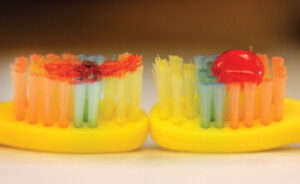Understanding Fluoride: The Key to Strong and Healthy Teeth
The Benefits of Fluoride
Prevents tooth decay:
Demineralization of teeth is prevented by getting itself incorporated into the enamel mineral, forming Fluorapatite. Fluorapatite is more resistant to acid dissolution than the regular enamel crystal Hydroxyapatites.
Strengthens enamel:
fluoride works on the partially demineralized subsurface enamel crystals and enhances remineralization of teeth by incorporating itself into the subsurface enamel crystals and absorbing more calcium and fluoride ions form fluorapatite
Reduces sensitivity:
Dentine hypersensitivity is caused by fluid movement in exposed dentinal tubules. Fluorides, when externally applied, act as a physical barrier, thus reducing fluid movement and leading to sensitivity. Also by enhancing remineralization, it makes the tooth harder and resistant to sensitivity.
Prevents cavities:
Teeth break down due to acids produced by the bacteria inside the mouth. Fluoride makes the teeth more resistant to acids produced by the bacteria in the mouth. It is also bactericidal and cariogenic bacteria.

Sources of fluoride:
Drinking water Between 0.7 and 1.2mg/liter of fluoride is the recommended dosage. Regulated levels of fluoride in drinking water helps prevent the development of carious lesions. As many people don’t have free access to In dental healthcare, this method of fluoride delivery through drinking water helps in taking care of oral health for mass population.
Tooth paste:
Fluoridate toothpaste has higher concentration of fluoride than fluoridated water. 1000ppm of fluoride is present in toothpastes. Fluoride containing toothpaste prevents cavities and is recommended. WHO supports the use of Fluoride toothpastes. In America every toothpaste has ADA seal contains Fluoride. quality of the fluoride tooth paste is also important for its efficacy. 0.5% Fluoride gel/toothpaste is recommended twice daily for children above 6 years of age by ADA.
Mouth rinses:
Fluoridated mouthwash is to be used once a day, starting above 6 years of age. Supervised use of sodium fluoride-containing mouth washes in children and adolescents proved beneficial in reducing the carious lesions. Between 6 and 18 years of age, 0.09% fluoride mouthrinse is recommended to be used at least once weekly by ADA. Fluoride mouthrinses are also beneficial for children wearing braces or receiving high-dose radiation.
Professional treatments
Fluoride for different age groups
Children’s: pea-sized amounts of fluoridated toothpaste monitored by adults can be given to the kids between 3-6years for brushing. Up to to 3 years of age fluoride toothpaste of size resembling grain of rice is to be used as there are chances of children consuming the toothpaste. 2.26% of Fluoride varnish once every 3–6 months in children under 6 years of age is recommended by ADA. Between 6 and 18 years of age, 2.26% of Fluoride varnish is applied once every 3–6 months or 1.23% APF gel for 4 minutes every 3–6 months.

Adults:
Professional fluoride treatments, including fluoride varnish applications twice a year, along with the use of fluoridated toothpaste and mouthwash helps in individuals with moderate to high risk of caries. Safety and recommendations Exposure of fluoride levels over a prolonged period of time causes skeletal Fluorosis, which can lead to joint stiffness and weak bones. In younger children, in the teeth developmental stages, excess exposure leads to Dental Fluorosis, which prevents mild to severe deformations of tooth enamel.
Myths and misconceptions about fluoride:
Fluoride is unsafe:
Serious adverse effects happen only with excessive intake which is accidental. Child when he/she accidentally ingests excessive fluoride supplement or drinking well water containing excess fluoride over prolonged periods.
Fluoride causes cancer:
No link has been noticed between fluoride and cancer.
Natural fluoride is different from added fluoride:
Natural fluoride is an element abundantly found in nature, in the earth’s crust. Its concentration in water is variable. Water is the major dietary source of fluoride. Ingested fluoride is absorbed through stomach and small Intestine and gets deposited in bones and teeth.
Conclusion:
Fluoride in your daily oral hygiene routine keeps the teeth healthy and prevents cavities. In some communities Fluoridated drinking water is available. In addition, fluoridated
Toothpaste usage in recommended quantities will be beneficial. For additional fluoride treatment, or for more information on fluoride and its uses, dentist consultation is mandatory.


